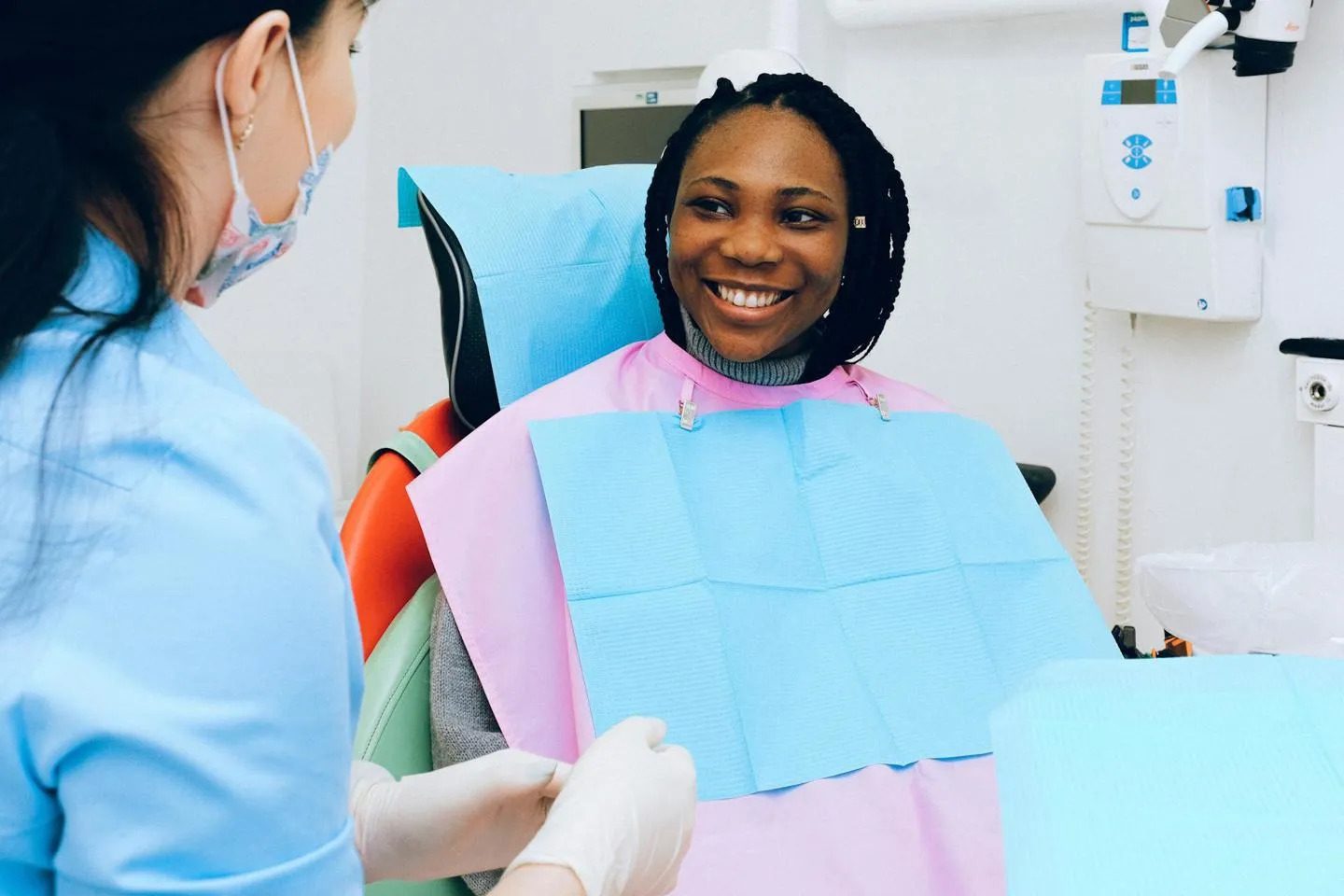Endoscopic imaging for inflammatory bowel disease

Gastrointestinal examination using an endoscope to look inside the body at abnormal tissue growth and inflammation is an area of rapid progress and innovation within our Birmingham BRC. We have become a centre for state-of-the-art endoscopic innovations and are using a number of new methods; electronic virtual chromoendoscopy, magnification endoscopy and confocal laser endomicroscopy (CLE). We have also developed new ways to describe what we can see so that we can classify and score the disease. This work is performed in collaboration with our NIHR Wellcome-funded Clinical Research Facility (CRF).
Since 2017, our Birmingham BRC has developed significant partnerships with the leading manufacturers of endoscopy equipment, and has provided a high-class environment for technology driven research in lower gastrointestinal endoscopy. Together this has created a platform for innovative endoscopy and artificial intelligence (AI) in characterisation of lesions for more accurate diagnosis and to help determine the best treatment strategies for patient benefit.
The platform includes partnership with Pentax Europe and Global (supplying research fellowships and electronic virtual chromoendoscopy equipment including endoscopes, and equipment for artificial intelligence); Olympus Global (supplying super high magnification endocytoscope, electronic chromoendoscopy equipment); Fujifilm, Europe (a Blue Laser Imaging (BLI) platform for high definition innovative augmented imaging); and a global platform for studies involving optical enhancement has been set up involving experts from USA, Canada, Europe, Japan and China.
We are studying CLE with fluorescent antibodies to predict response to anti-TNF, vedolizumab and ustekinumab in inflammatory bowel disease (IBD). In addition, super high magnification endocytoscopy is being studied to allow us to design a new endocytoscopy score. The abstract of the study has been selected as one of the top ten oral abstracts in “Highlights of ECCO ‘21” (European Crohn’s and Colitis Organisation Congress July 2021).
Thus far, we have developed and validated optical characterisation classification systems for neoplasia and dysplasia (SIMPLE and FACILE) which have been included in European guidelines (Iacucci et al., 2019; Iacucci et al., 2018; Klenske et al., 2018). Optical enhancement scoring systems have already been published using advanced Pentax equipment, and we have developed and validated the first electronic chromoendoscopy scoring system for mucosal healing in IBD (PICaSSO score) (Iacucci et al., 2017; Trivedi et al., 2018). The PiCaSSO score was tested in an international study in the USA, Canada and Europe, and the results subsequently published in ‘Gastroenterology’.
The first randomised trial of electronic chromoendoscopy for dysplasia detection in IBD demonstrated these platforms are effective, save time and money. This is has been incorporated into European and American clinical guidelines.
Latest case studies

Endoscopic imaging for inflammatory bowel disease
Gastrointestinal examination using an endoscope to look inside the body at abnormal tissue growth and…


